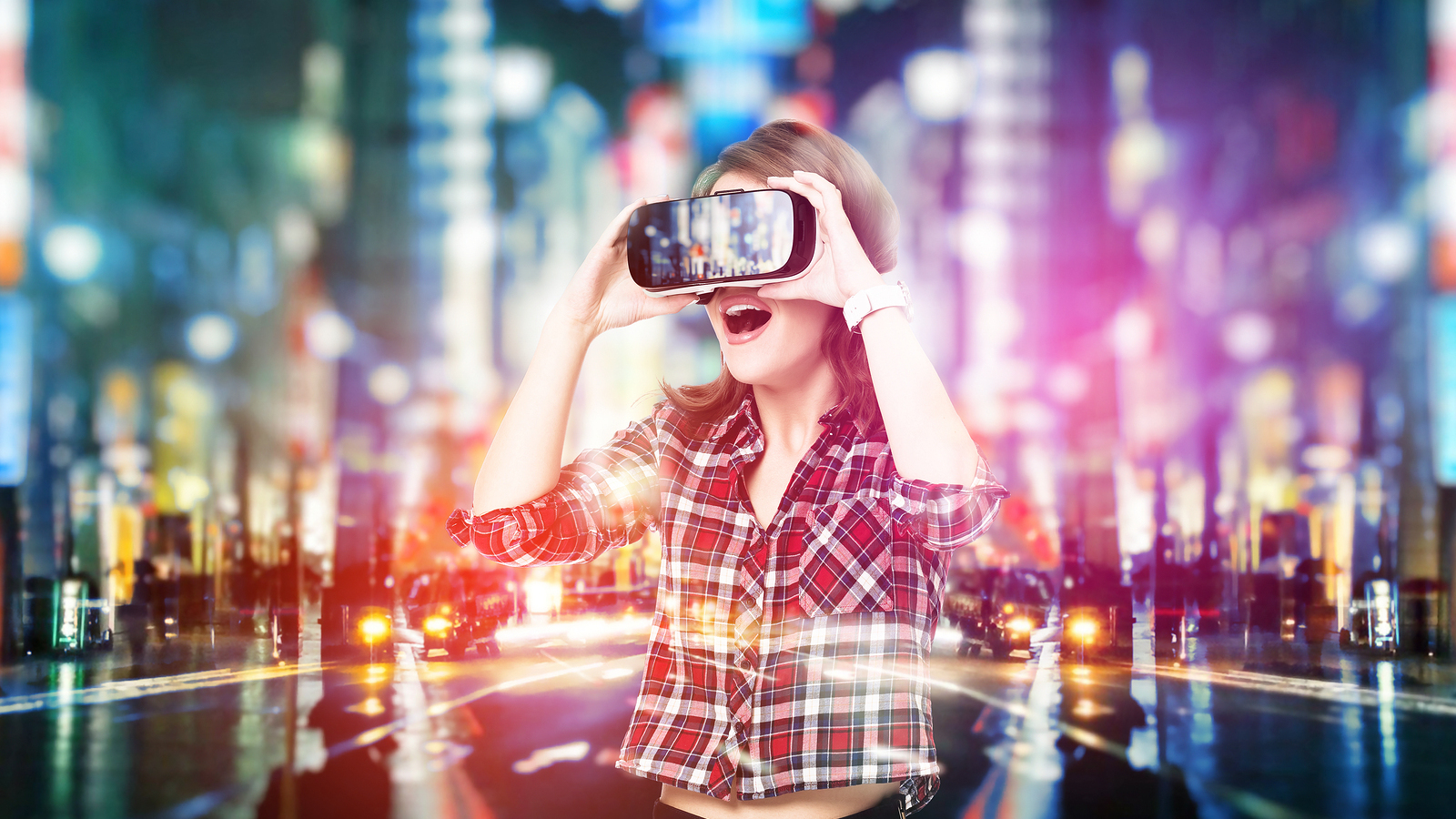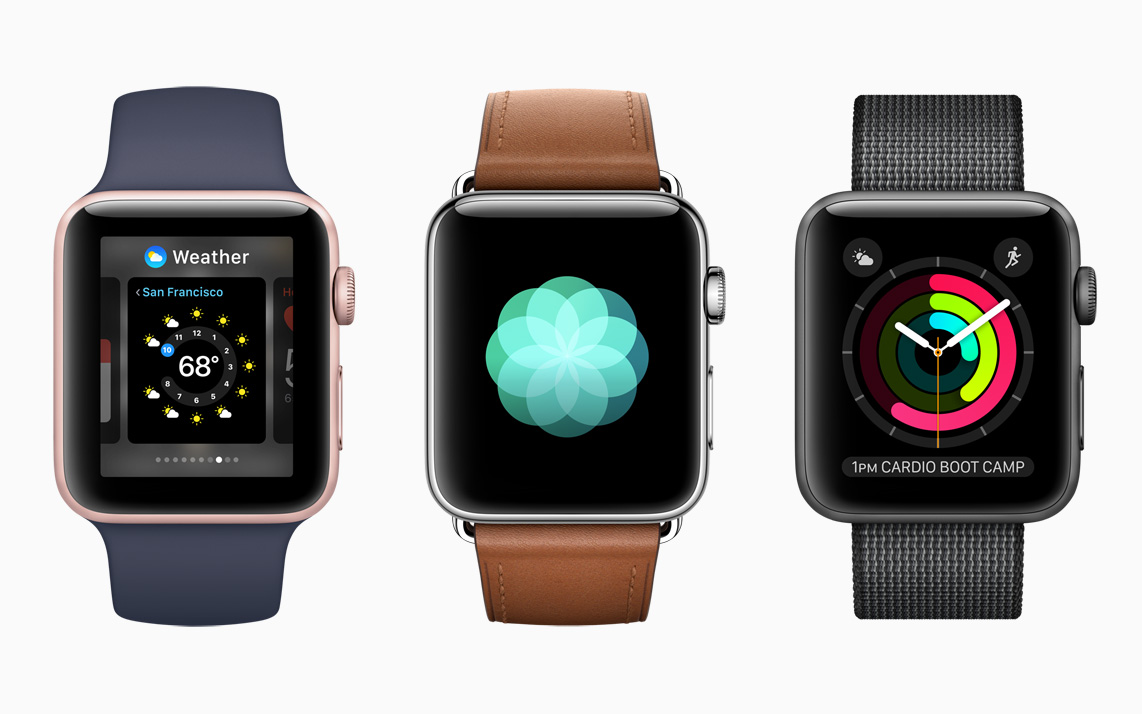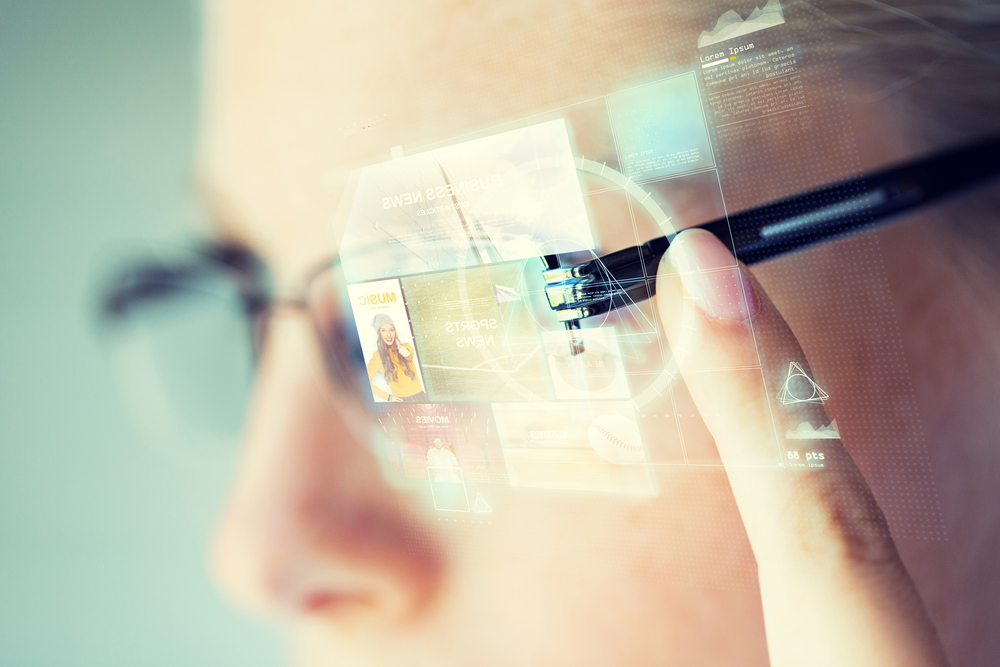What does the post-smartphone era have in store?
Now the smartphone is old hat, we should look forward to a new era of computing with mixed reality and wearables taking centre stage

We are moving into the post-smartphone era. This might come as a shock to you, but the smartphone has had a decent run. Of course, much depends on what you call a “smartphone”. For most, this would be the arrival of the iPhone over a decade ago. The touchscreen, app store (if not in the initial release) and a rich app ecosystem has simply transformed the world.
Those with long memories might hark back to handsets like the Nokia Communicator and the Palm devices, but let’s try to keep this mainstream rather than chronically niche. You can pin your flag to the Android pole if you wish, but Apple has done more with the smartphone platform than Android, and that comes down to wearables.
The Apple Watch has been the transformative device. Over the past few years, it’s gone from wrist-worn curiosity to the integral part of my portable communications toolkit. So much so that if I leave it at home in the morning by mistake, I will drive back to get it.
Who’s that smirking at the back? I’m being entirely serious: I make many of my phone calls through my watch. Most of my messaging and email browsing too. It took me time and thought to set up the watch face for quick access to these features but, once done, it’s easier to glance at my wrist rather than pull the phone from my trouser pocket. I know others may like Android smartwatch devices, but in my experience they simply don’t manage the magic trick of making 2+2=5.

Against this backdrop, the ongoing ‘metaverse’ chatter about virtual reality (VR) and augmented reality (AR) are intriguing. VR has been around for ages, of course, and has never managed to move into the mainstream. Even Sony’s VR headset for the PlayStation has never struck populist gold. The essential problem with VR is that you immerse yourself into that world to the exclusion of everything else. That works well when you’re sat on the sofa playing a 3D VR game, but falls down when you need to go to the fridge to get another beer. And collapses entirely when you drive to the shops.
AR tries to augment your physical world with additional content. This has a far better chance of gaining public traction, but there are numerous issues to be overcome first.
RELATED RESOURCE

Take portability. One advantage of a big VR headset, like the HTC Vive Focus 3, is that you have the space to put essential components like batteries. If your priority is power, you can even put up with a tethering cable connecting you back to a base unit. But, as the Oculus Quest 2 has demonstrated, VR with an untethered device is more than possible.
Get the ITPro daily newsletter
Sign up today and you will receive a free copy of our Future Focus 2025 report - the leading guidance on AI, cybersecurity and other IT challenges as per 700+ senior executives
AR is much harder. Yes, there are AR capabilities that you can use on a phone or tablet, and that’s useful because it expands the range of use cases, but you really want something to carry around with you at all times. This opens up a large can of difficult worms: it has to be light enough to not impose on your movement; it must work alongside and seamlessly with the real-world environment; the size and weight reductions place additional pressures on the design; and the lack of cabling means that a wireless connection to your smartphone will be necessary, and that impacts power consumption and range.

One solution is to integrate the capability into a pair of headphones. This makes sense as it gives space for advanced audio support, complete with mountings for the cameras on the headbands, and extra space for batteries. Or even a small tether cable to a battery and CPU lump that you can store in a pocket. It would need high-speed networking to your smartphone, which would still be the core of the portable information network, but this should be possible with high frequency wireless working as a personal pico-cell.
Once you have overcome all these issues, there are still the deal breaker problems. What are you going to use on this system? How would AR actually improve our lives? Will this combination of smartphone, watch and AR glasses ever achieve the promise of 2+2+2=9?
So many questions, so few answers. Microsoft beavers away with its VR/AR solution in the form of the HoloLens 2, but hasn’t managed to deliver anything mainstream yet. Apple is working on something, but that remains ill-defined and it’s unclear how it will be delivered. The good news: Apple has already put its weight behind AR, which has been available to developers for some years, and there are many strong apps out there using the capability.
If AR is to work, it has to work across a wide range of devices. Maybe Apple will crack the difficult problems, make 2+2+2 equal the elusive 9, but wouldn’t it be nice if the next “era” transcended manufacturers’ ecosystems? I’m not holding my breath.
-
 Bigger salaries, more burnout: Is the CISO role in crisis?
Bigger salaries, more burnout: Is the CISO role in crisis?In-depth CISOs are more stressed than ever before – but why is this and what can be done?
By Kate O'Flaherty Published
-
 Cheap cyber crime kits can be bought on the dark web for less than $25
Cheap cyber crime kits can be bought on the dark web for less than $25News Research from NordVPN shows phishing kits are now widely available on the dark web and via messaging apps like Telegram, and are often selling for less than $25.
By Emma Woollacott Published